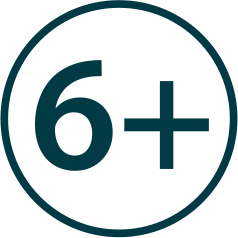| Mapping of Stakeholders of Industrial Parks in the Ural Region |
|
Authors: Andrey Ye. PLAKHIN Cand. Sc. (Econ.), Associate Professor of Management Dept. Abstract: The article presents the results of a study aimed at developing and testing a method for stakeholder mapping using the case of industrial parks of the Ural region. As part of the research, the author proves the need to use the tools of the stakeholder approach for effective management of industrial parks as specific multi-unit management objects. The proposed methodology is based on identification of the parameters of mutual influence of an industrial park’s participants in the resource and normative context. The information base of the study is the data on 227 industrial parks located in the territory of the Russian Federation. By means of initial analysis, we select the projects that meet the requirements of the analysis. On the basis of expert assessment, we identify 146 industrial parks and determine their performance efficiency according to current indicators. The author’s method allows revealing the central categories of stakeholders (dominating, neutral and dependent) with respect to residents of industrial parks, the management company and public authorities represented by development institutions. Within the scope of the present study, we develop maps of mutual influence of industrial parks’ primary stakeholders in the Ural region that show a dominating impact of public authorities, such as development institutions, on other participants of industrial parks. The obtained results help to evaluate the degree of mutual influence of industrial parks’ stakeholders and can serve as the basis for development strategies mapped out by these structures Keywords: INDUSTRIAL PARK STAKEHOLDER APPROACH INDUSTRIAL PARK RESIDENT MANAGEMENT COMPANY OF INDUSTRIAL PARK DEVELOPMENT INSTITUTION For citation: Plakhin A.Ye. Mapping of Stakeholders of Industrial Parks in the Ural Region. Upravlenets – The Manager, 2018, vol. 9, no. 4, pp. 84–92. DOI: 10.29141/2218-5003-2018-9-4-9 |





